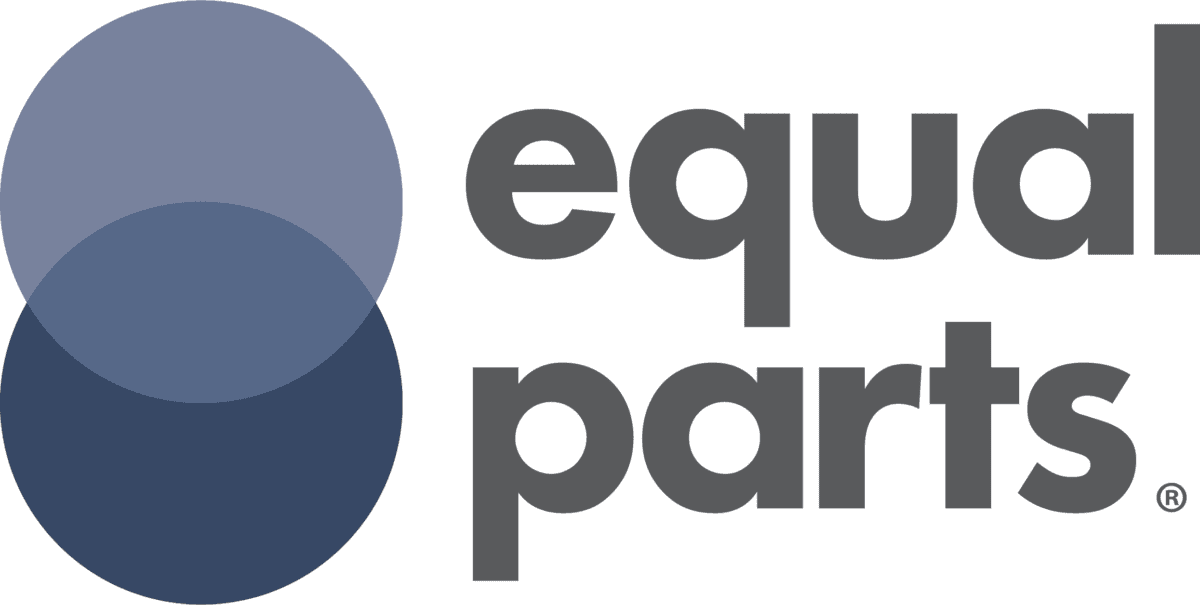On paper, a corporation is a cold abstraction.
It has the legal duty to minimize costs and maximize profits, typically for a small number of people. Every penny of profit is value created by an employee or contractor who, by definition, did not receive compensation equal to that value. So it goes, year in and year out.
But in reality, a business is so much more.
Full-time employees will spend about 33% of their lives there.
In many cases, they will spend much more!
An organization cannot survive simply as a series of transactions. Doing so is by nature impossible. Anywhere people gather for prolonged periods of time will have social norms, rules, expectations, and traditions. No one can prevent these developments, because human beings are social animals.
In short, any company will have a company culture.
The only question is whether your company culture is developed with intention or accidentally.
Job-seekers are well aware of the primacy of company culture. An outstanding 66% of them say that company culture and values rank #1 among their considerations when they are comparing career opportunities. When an enterprise has an active plan to manage company culture, it yields 40% higher employee retention.
The conclusions are intuitive, but have often been ignored:
- People prefer an environment where their work is meaningful to one where it is meaningless
- People prefer an environment where getting the right things done is easy rather than difficult
- People prefer an environment where positive change is encouraged rather than discouraged
When invited to work in positive environments, employees bring more of their energy, abilities, and perspective to each task. However, the effect of good company culture is by no means limited to employee well-being: Engaged teams consistently outperform others – by 21% in productivity and 22% in profitability.
All three of the elements above come back to company culture. Because culture develops with or without any guidance from leadership, it cannot be imposed from above. Quite simply, it is organic. That said, there is no doubt leaders have a critical role to play in setting the stage for effective culture.
They can provide the sketch, the outline, which employees then fill with color.
Let’s look at the three matters above. Each represents the conclusions of experts in organizational psychology and human motivation distilled down to their basic essence. And each one can be implemented in business culture when leaders set the destination but allow employees to find the path.
Pillar #1: Making Work Meaningful
The legal mechanism called a corporation has a handful of basic drives, as noted above. But few employees can bring the whole of their humanity to the abstract notion of generating value for shareholders. Any group of people inevitably tells stories that make sense of it all – that is, what they do and why it matters.Those stories, in turn, are emotive. They impart meaning onto the figures in the P&L report, the SKUs, and all the rest
Here are some ways to shape that narrative for the better:
Define Your Core Values and Promised Experience
Values act as the North Star for culture-focused enterprises. They must be clear and precise from the start. The selection and definition of values should not come exclusively from the CEO, but should also reflect employee feedback. A deliberate, collaborative process yields the best results. From there, what has been decided on paper must be reflected in operational priorities – the behavior that actually gets rewarded.
Document Your Culture and Make It Part of Your Onboarding Process
Documenting your culture enables your people terms to communicate it in compelling ways. Marketing and HR have roles to play in reaching key audiences – your workforce as a whole and prospective hires. Consider how the Netflix culture deck is direct, yet comprehensive. Cultural acclimation should begin with the hiring process and ramp up during onboarding – a chance to both evaluate and improve culture fit.
Pillar #2: Making Processes Easier
In a world where the praises of “hard work” are sung continuously, it’s crucial to remember that overexertion is effort wasted. While some tasks will be challenging, it benefits no one to spend an iota of effort beyond what is actually needed for the task. All effort is time, focus, and attention used – and those resources are limited. When they are consistently exceeded, workplace burnout is the inevitable result.
Here is how to streamline basic processes and reduce friction for everyone:
- Align Business Processes with Culture Goals
Workflows should be periodically reviewed by involved stakeholders from throughout the hierarchy to ensure they are clear and straightforward. Employees encounter inevitable questions about priorities – for example, should the help desk focus on speed of resolution or attentive, thorough customer service? When they reach these forks on the road, they should feel guided not only by values but also by the KPIs that apply to their work.
- Switch to Result-Based Job Descriptions
Are your people in the right roles? Engagement isn’t only about how people prepare for or conceptualize the work they do, but about the work itself. Over time, conventional job descriptions can become quite misleading. Likewise, roles may become bloated with unwritten expectations. The shift from task-based to result-based job descriptions clarifies things enormously, allowing employees to truly take the reins of their position.
- Communicate and Share to Break Down Silos
Shared experiences are among the keys to any culture. Teams and departments should be encouraged to celebrate their successes together with dedicated on-site time, retreats and team-building, and more. Likewise, action groups should look for ways to improve communication at key cross-functional junctures. Pay special attention to organizational fault-lines like sales and marketing to ensure everyone strives toward the larger goal.
Pillar #3: Encouraging Positive Change
Culture is dynamic. In many cases, however, processes and procedures are considerably less so. In a stratified, change-averse enterprise, the “how” of business often saps vital momentum from the “why.” Organizational development strategy should take into account the best channels for change management.
Here are two keys to clearing the path for the ongoing change that sustains a vibrant culture:
- Collect Regular Feedback from All Employees
Employee engagement surveys should not be limited to once or twice a year when factors that cause your culture to drift in a negative direction have already had time to foment. Forward-looking companies are now pivoting toward quarterly or even monthly surveys. This helps you track trends, take timely action to resolve emerging issues, and demonstrate that the employees’ voice influences strategic decisions on culture.
- Introduce Talent and Leadership Development
When companies see people as their most valuable asset, performance management and talent development are intertwined. Years of experience may be the basis of external hiring, but looking for scattershot lessons in whatever events happen to transpire is the slowest way to learn. Empowering employees with specific and progressive development plans allows them to strive for growth with greater purpose and agency.
Equal Parts renders corporate culture change visible and actionable. To learn more, contact us.

